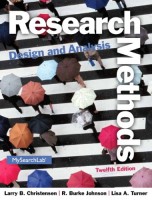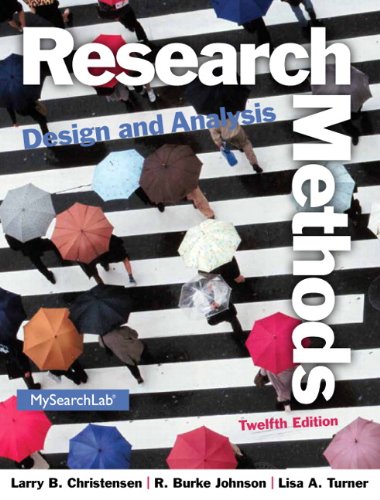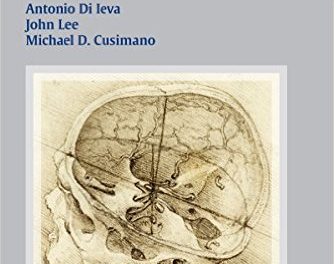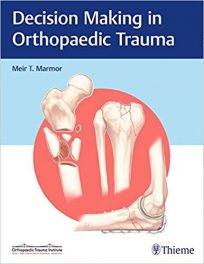 Authors: Larry B. Christensen, R. Burke Johnson, and Lisa A. Turner
Authors: Larry B. Christensen, R. Burke Johnson, and Lisa A. Turner
Publisher: Pearson Education – 522 pages
Book Review by: Sonu Chandiram
This book has been written for use in the undergraduate methods course. It provides an introduction to all aspects of research methodology.
The authors write that they have two basic goals for this text:
- To provide an understanding of the research methods used to investigate human thought and behavior
- To present information in a way that is understandable to students
Below is a brief outline of the contents of this book, so that you may know what to expect, and what not to expect from it:
- Introduction
- Introduction to Scientific Research
- Research Approaches and Methods of Data Collection
- Planning the Research Study
- Problem Identification and Hypothesis Formulation
- Ethics
- Foundations of Research
- Measuring Variables and Sampling
- Research Validity
- Experimental Methods
- Control Techniques in Experimental Research
- Experimental Research Design
- Procedure for Conducting an Experiment
- Quasi-Experimental Designs
- Single-Case Research Designs
- Survey, Qualitative, and Mixed Methods Research
- Survey Research
- Qualitative and Mixed Methods Research
- Analyzing and Interpreting Data
- Descriptive Statistics
- Inferential Statistics
- Writing the Research Report
- Preparing the Research Report for Presentation or Publication
Each chapter begins with a chart outlining a structure, with relative positions of components in a given function. The function relates to the title of the chapter. For example, chapter 1 entitled Introduction to Scientific Research displays a chart with the structural components of research. The top three components in this chart are
- Traditional Methods of Acquiring Knowledge (on the left of the structure)
- Science (in the middle)
- Pseudoscience (on the right
Under the left – the traditional methods of acquiring knowledge are: Intuition, Authority, Rationalism, Empiricism. Under the right – pseudoscience, nothing is offered. But in the middle Science, five components are named: Assumptions, Characteristics, Role of Theory, Role of Scientist, Objectives. And still under each of these components under Science, there are positive values indicated. Here they are below:
- Assumptions: Uniformity, Reality, Discoverability
- Characteristics: Control, Operationalism, Replication
- Role of Theory: Logic of Discovery, Logic of Justification
- Role of Scientist: Curiosity, Patience, Objectivity, Change
- Objectives: Describe, Explain, Predict, Control
Notice all of the values beneath each of the components under Science make sense. Do we want uniformity or disorder? Do we want reality or dreams? Do we want control or lack of it? Do we want something to be operational or dead? Do we want theory to lead us to discovery in order for it to be justifiable?
Do we want to be like scientists who possess curiosity to find discover and create new things to make our lives better? Or worse? And do we not want to be able to describe and explain how a new machine works, and how if we take certain actions ourselves, we can predict the outcome, then control what we do or don’t do to get desired outcomes?
Below the chart in each chapter, the authors list Learning Objectives so you can know what your expected outcomes from studying that chapter are. Tables in the chapter offer points to be learned and data to digest.
At the end of each chapter you will find these important features, all designed to enable you to learn better and retain more information:
- Key Terms and Concepts
- Related Internet
- Practice Test
- Challenge Exercises
This is an outstanding book – by the three authors below – on learning research methods, particularly in psychology, practicing the recommended tasks, and developing lifelong habits of investigating new things and finding out and testing if they are true or not.
Larry B. Christensen, R. Burke Johnson, and Lisa A. Turner are affiliated with the University of South Alabama.







